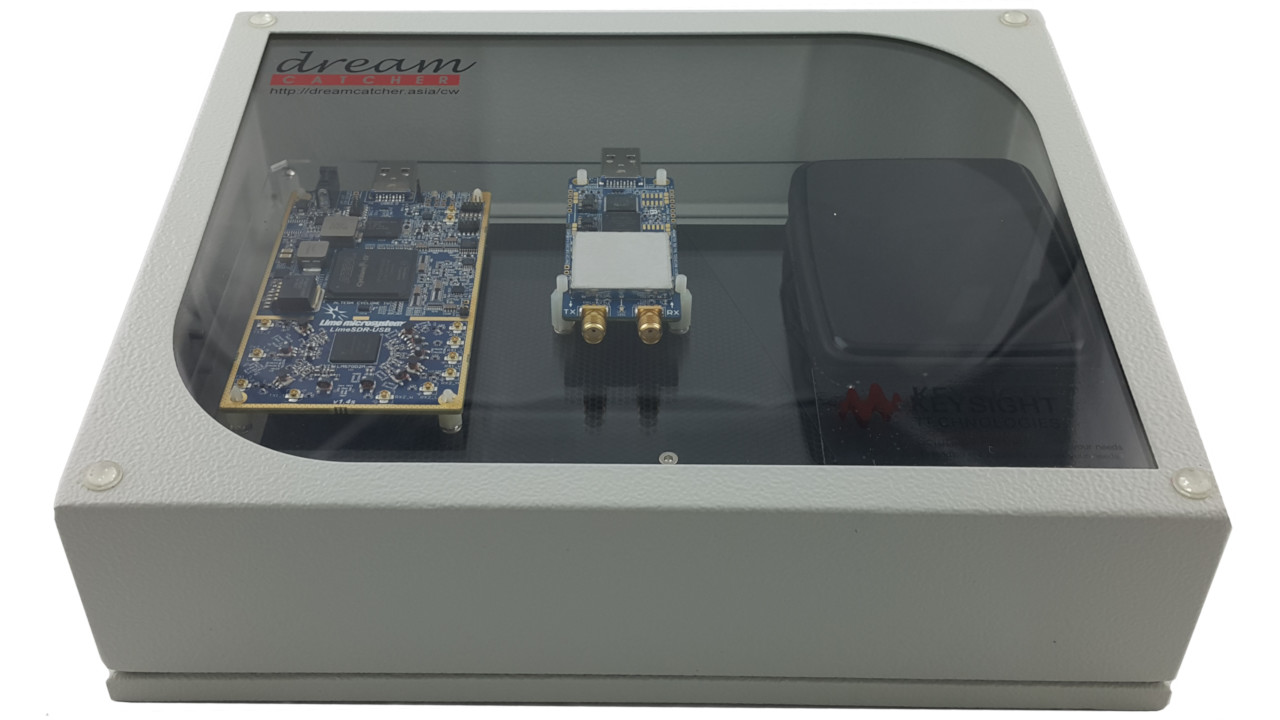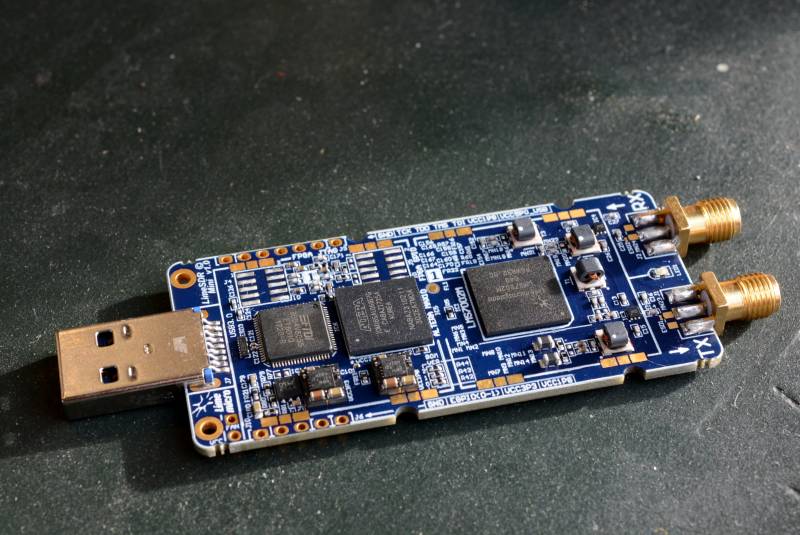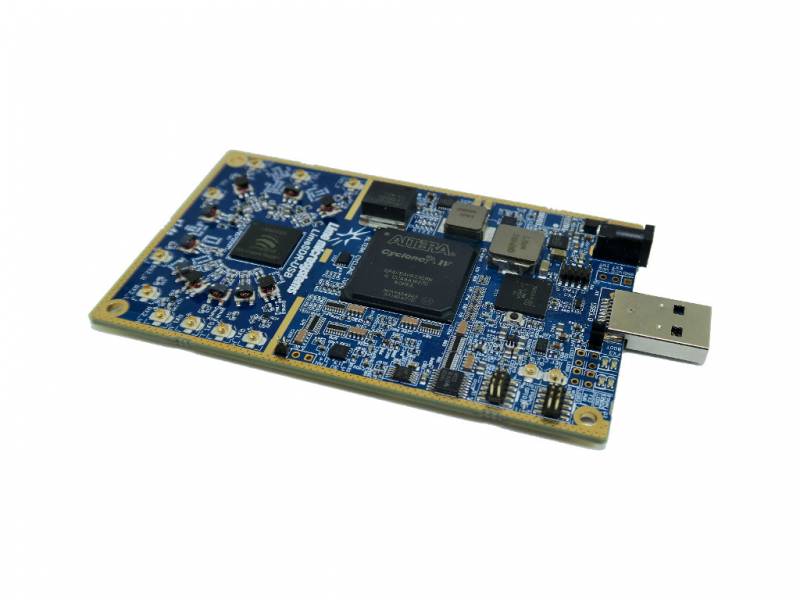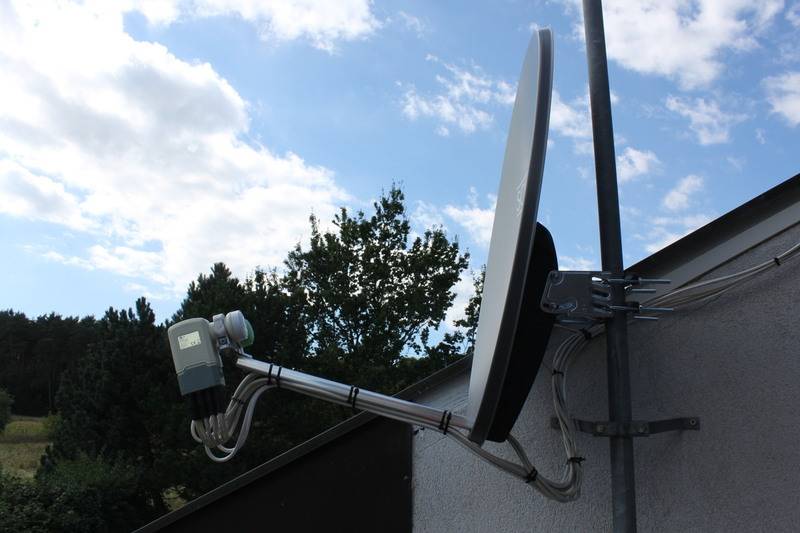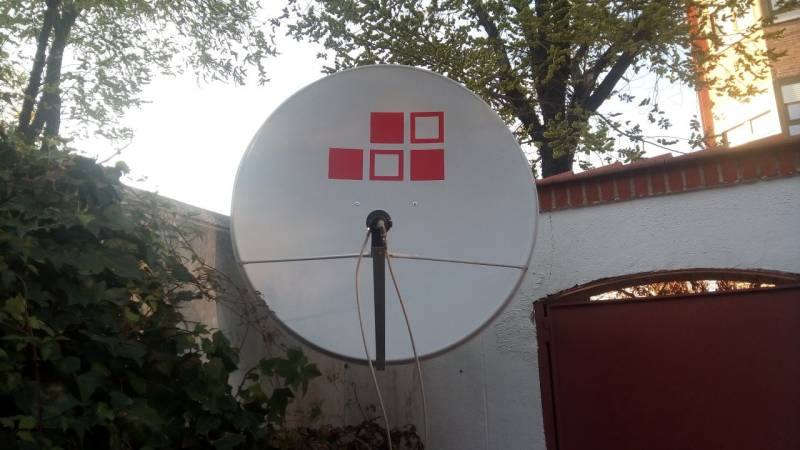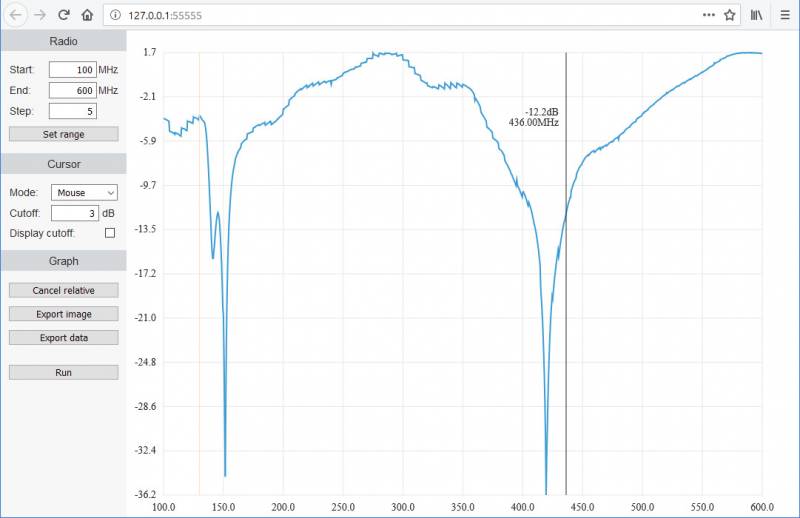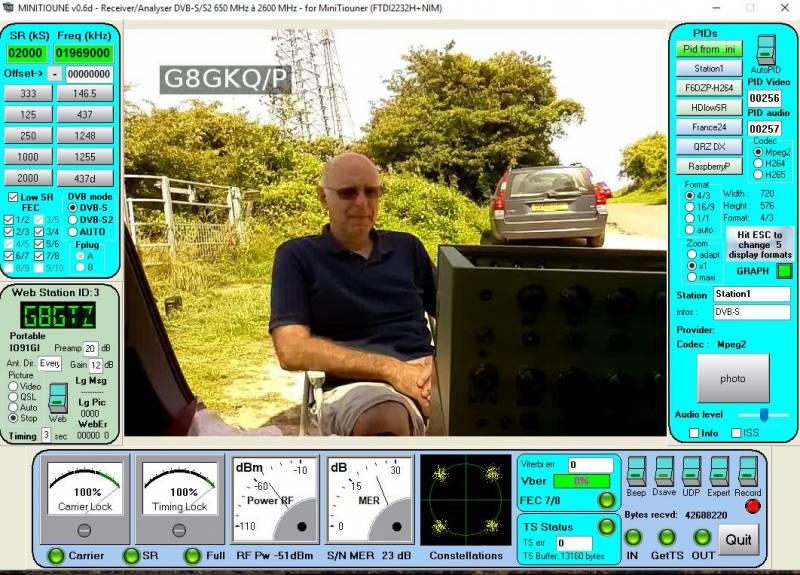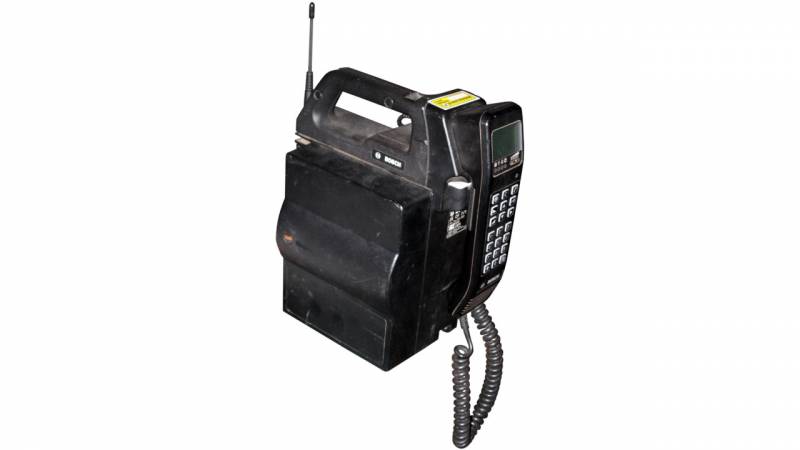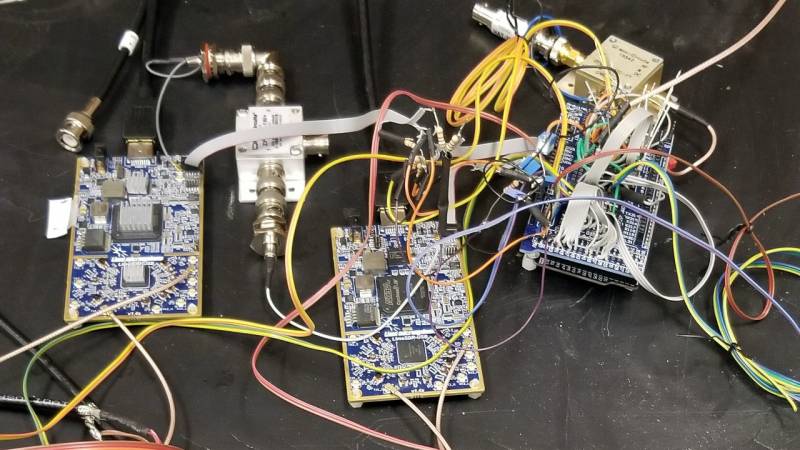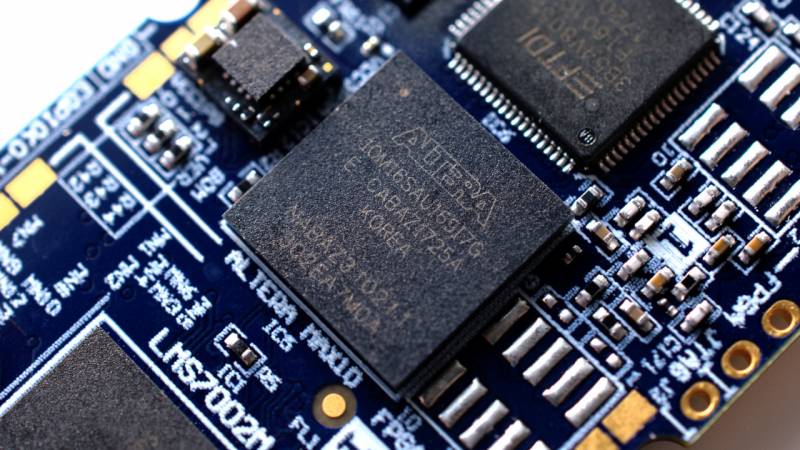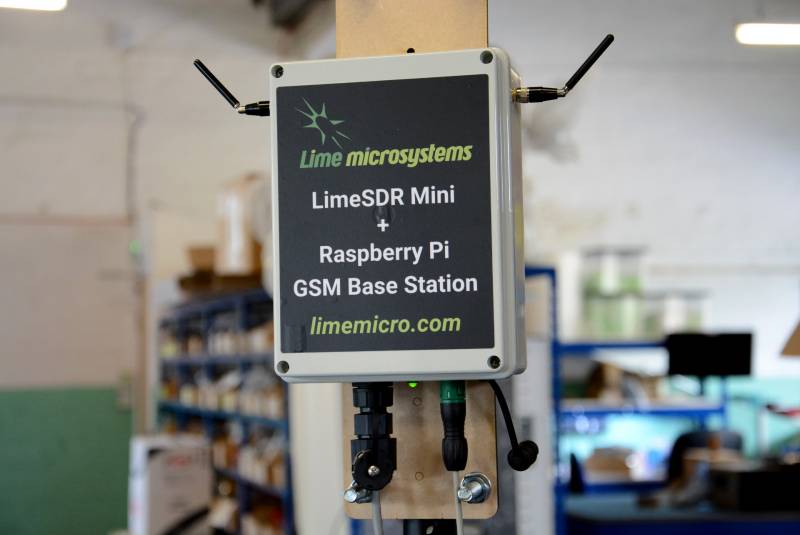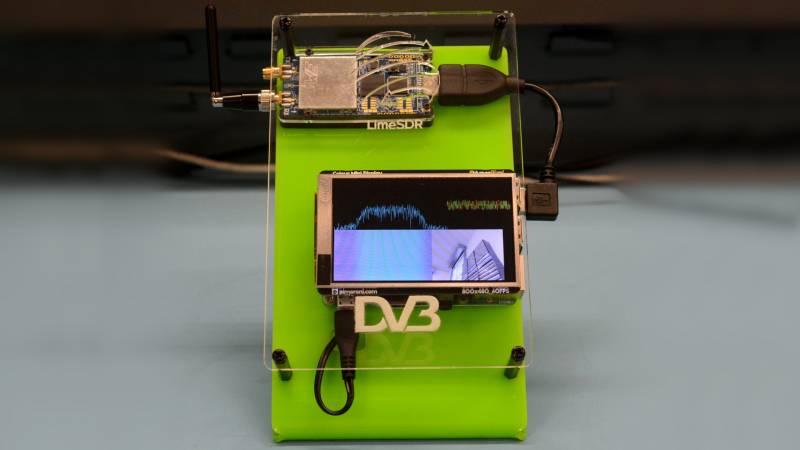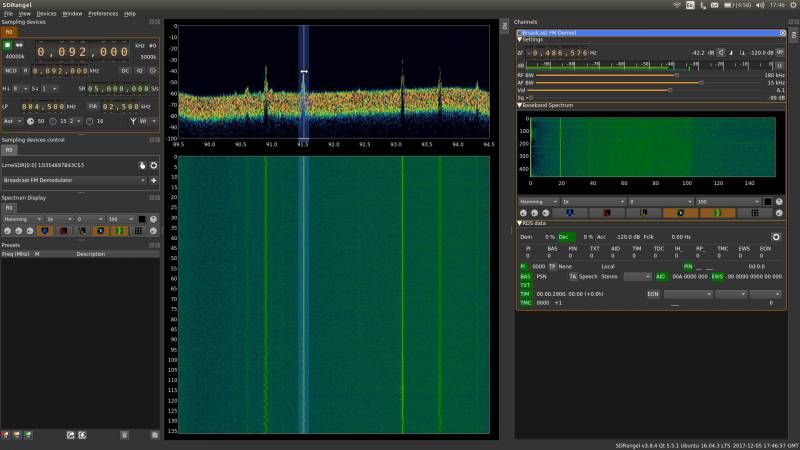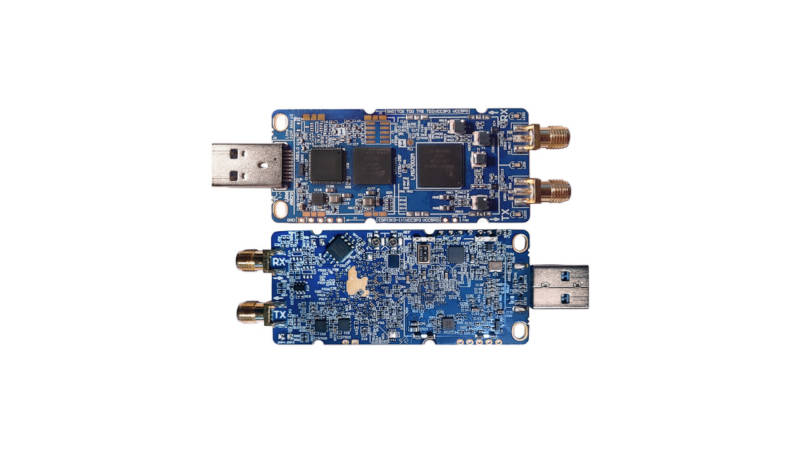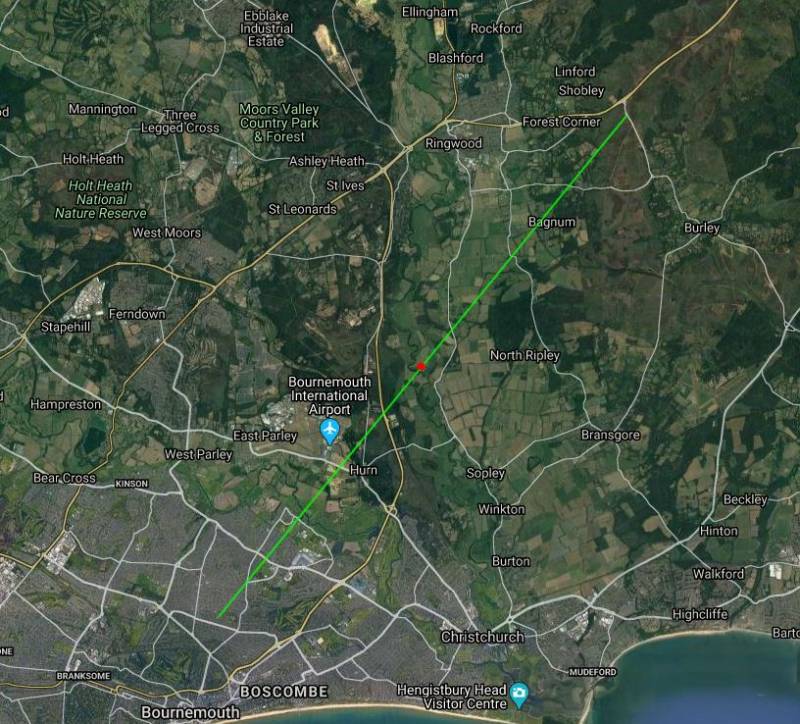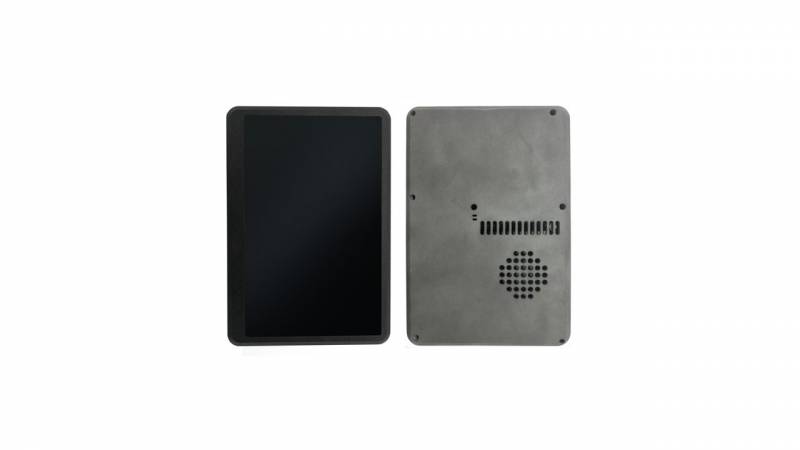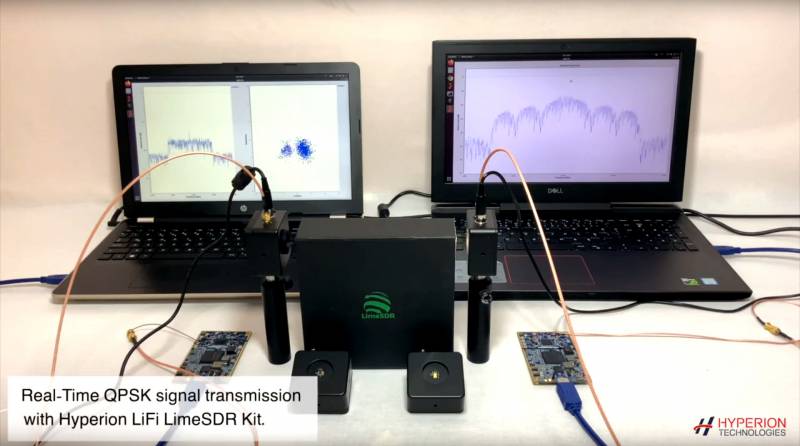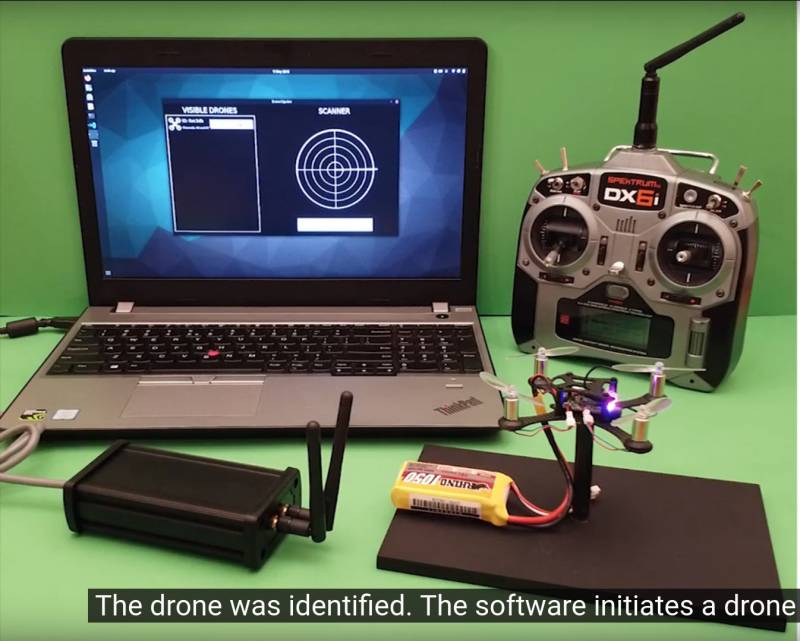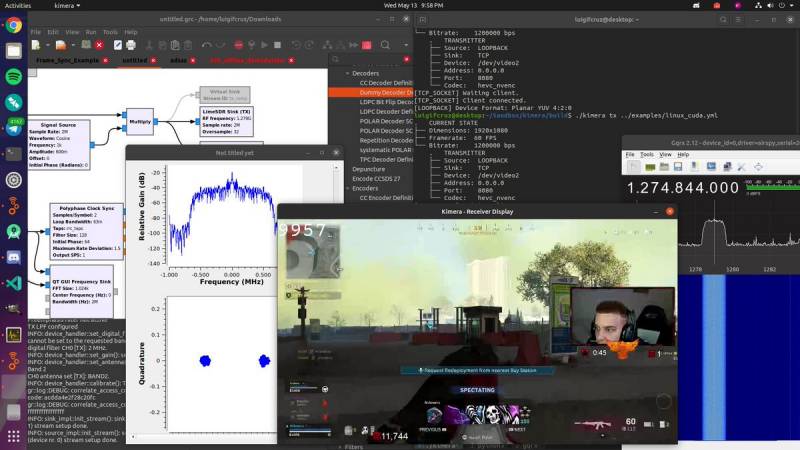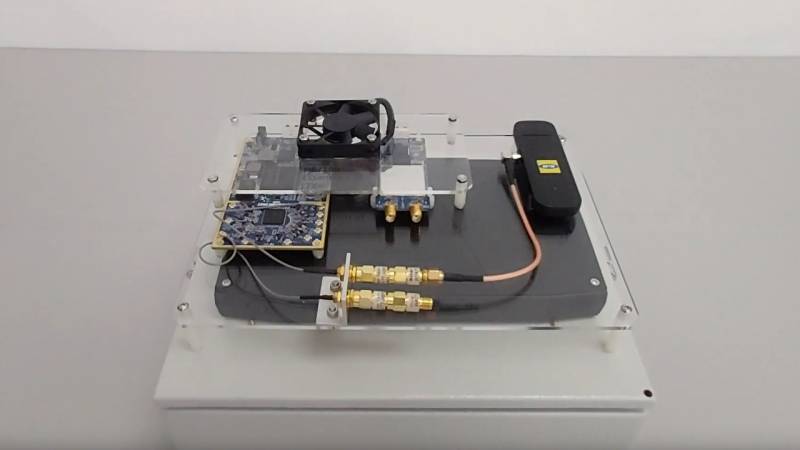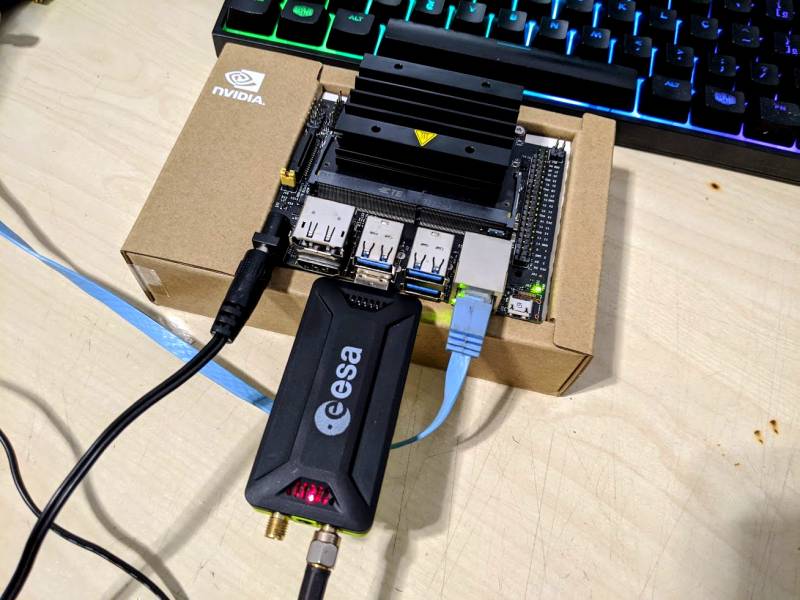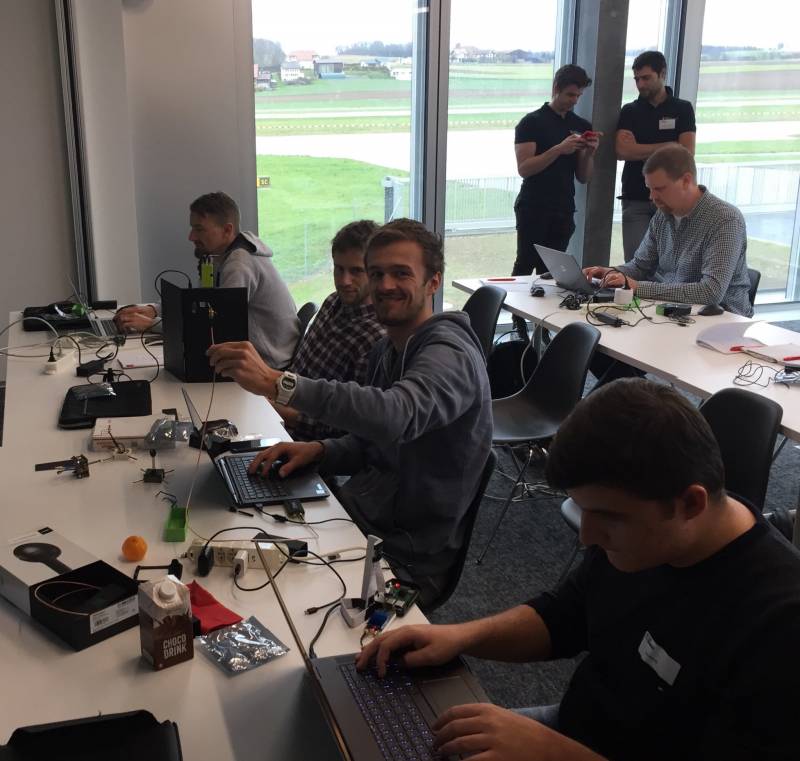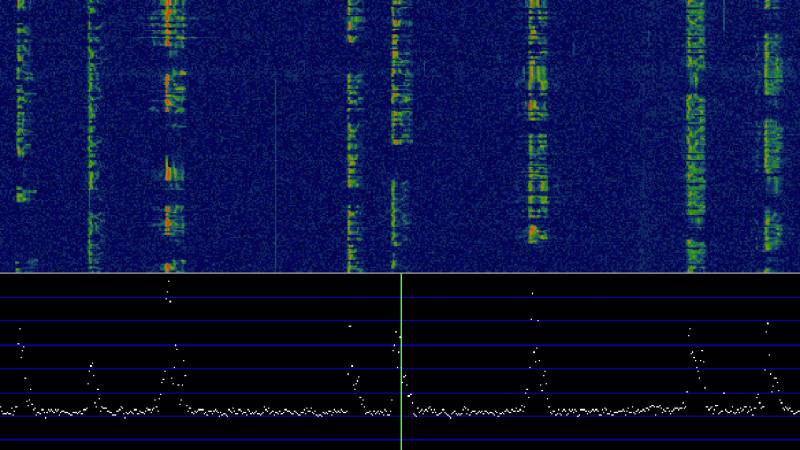The low cost, high flexibility, and open nature of the LimeSDR family, built around Lime Microsystems’ LMS7002M field-programmable radio-frequency IC, makes it attractive not only for field deployments but also for education. Technical training specialist DreamCatcher has proven that perfectly with the launch of a courseware package aimed at university-level students looking to get hands-on with Long Term Evolution (LTE) and LTE-Advanced cellular networks – and has placed the LimeSDR USB and LimeSDR Mini at the heart of the course’s training platform.
Launched earlier this year, the ME1130 courseware package aims to give students hands-on experience with cellular networks – by implementing one of their own. “The PC-based implementation of LTE’s eNodeB [Evolved Node B] and EPC [Evolved Packet Core] is a powerful platform for students to explore LTE protocols and learn how to build a stand-alone LTE network,” the company explains in its product literature. “This set up is useful both for teaching and research. The complete teaching resources include teaching slides, training kits, lab sheets, and problem-based assignments.”
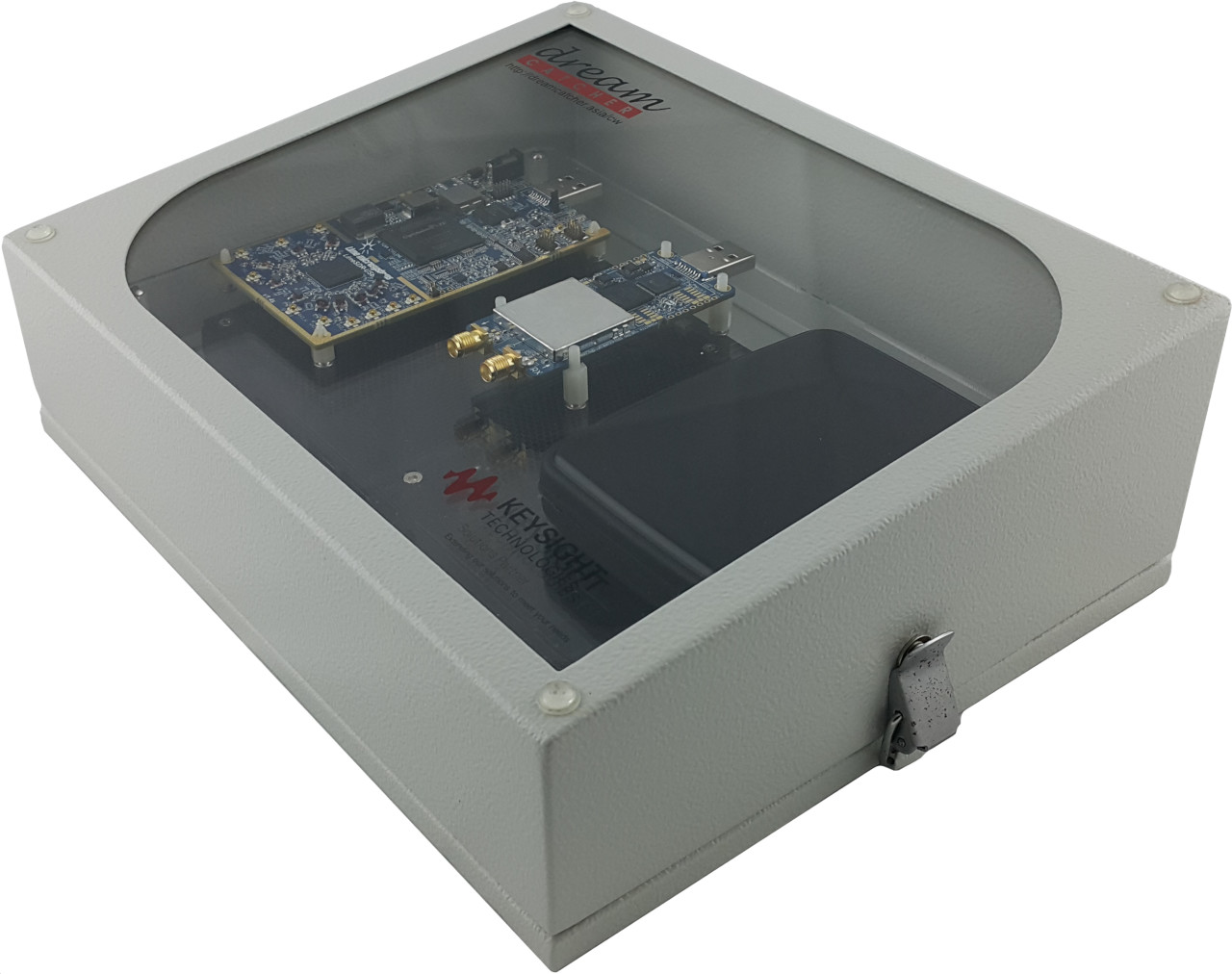
The core of the course is a plug-and-play turnkey training platform, built around a small form factor general-purpose processing PC and two LimeSDR software-defined radios: the LimeSDR USB, which acts as the LTE eNodeB base station, and a LimeSDR Mini which provides live spectrum analysis functionality.
LimeSDR: “Low Cost and Flexibility”
When asked what attracted the company to the LimeSDR family, the answer was simple: “Low cost and flexibility,” DreamCatcher’s Nick Lai explains. “LimeSDR is a cost-effective SDR for us to develop a LTE teaching kit. The cost of a lab setup is always the main constraint for our customers who are lecturers/universities. The advancement in software defined radio (SDR), networking (SDN) and network function virtualisation (NFV) technologies enables an open-source and standard-compliant 4G/5G network test bed to be developed using commercial-off-the-shelf components.”
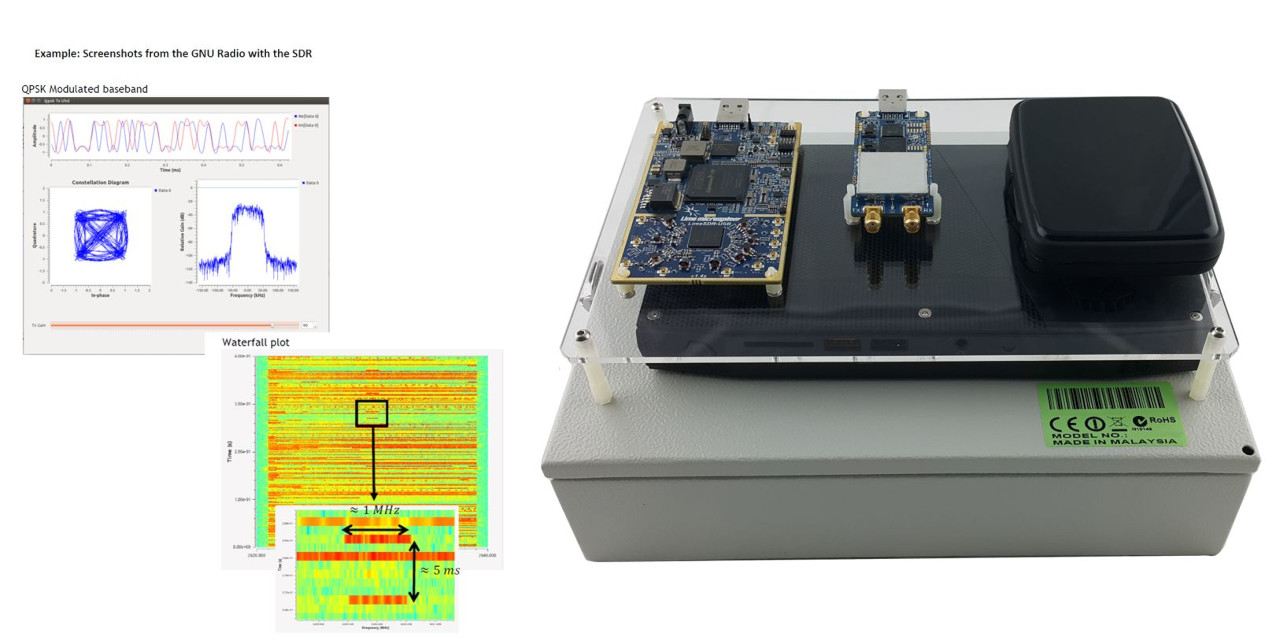
Price wasn’t the only factor, however. The fact the LimeSDR family is based on a core principle of openness, from the hardware itself to the firmware and software stacks that drive it, played a key part. “An open-source software stack allows the students to learn more effectively,” Lai explains. “It also enables them to verify their understanding of the implementation of the protocol stack as per the 3GPP’s standard. It is also an excellent platform for developing and testing new algorithms.
“The integration of OpenAirInterface (OAI) and LimeSDR forms a perfect teaching and learning platform for bridging the gap between theory and practice of 4G/5G technologies. This test bed meets all the requirements for in-depth understanding of the full protocol stacks and the key components of the network from radio access to core. The open-source software and reconfigurable radio provide the students important insights and opportunity to test and experiment with the network/radio configurations and settings.”
Hands-On Learning
Getting hands-on with the technology behind cellular communication is key in effective learning: “Compared to the traditional way of teaching and learning of this topic, we believe this solution will bring tremendous learning enhancement and technical exposure to the students in an interesting and practical way,” says Lai. “Linking theory to practice has been the primary concern of lecturers teaching advanced mobile communication systems, such as LTE, due mainly to the unavailability of an open and affordable network test bed.”
This current LTE and LTE-Advanced courseware won’t be the only one to make use of DreamCatcher’s LimeSDR-based test bed network platform, with the company confirming that it is in the process of developing courseware for 5G New Radio (5G NR) networks. “5G adds layers of complexity to the existing networks,” Lai explains, “and hence more 5G engineers will be needed to implement new technologies such as C-RAN, Massive MIMO, HetNet, Mobile Edge Computing, NFV, SDN, Network Slicing, and IoT.
“The pace of innovation in mobile technology is very fast. Students interested in pursuing a career in this field must be a lifelong learner and self-motivated to keep their professional knowledge and skills up to date.”
More information on the ME1130 LTE and LTE-Advanced courseware is available on the DreamCatcher website, with a sample available for preview purposes.
